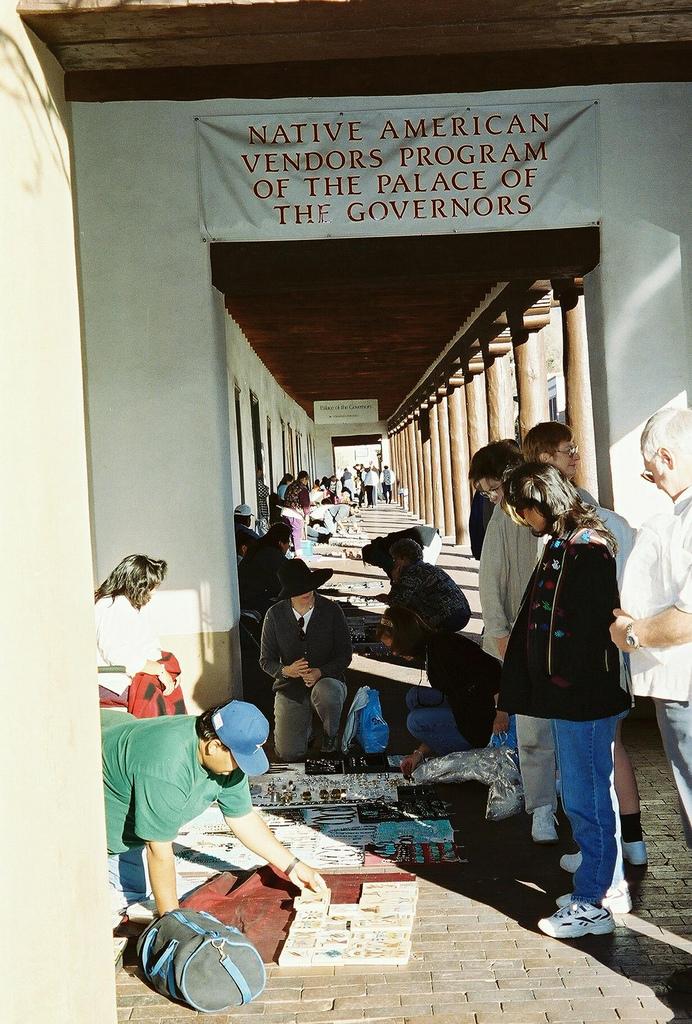Native Americans Today

Native Americans
Almost half of the Native Americans live in large cities and rural areas, whereas the other half live on federal reservations. Most of the tribes have their own tribal laws and are not subject to state laws.

The majority of the reservations are situated west of the Mississippi River, and the Indians continue to live there to maintain their traditions. There is a growing self-awareness in the American Indian population today. Native Americans are becoming increasingly conscious and proud of their values, traditions and culture.
Nevertheless, there are severe social problems on many of the reservations, such as unemployment, poverty, alcoholism and drug abuse. High rates of diabetes and heart disease are also a concern. Agencies working with Native American communities are trying better to respect their traditions and integrate benefits of Western medicine within their own cultural practices. Government efforts to alleviate the problems have sometimes done more harm than good. National policy on this matter wavers somewhere between integration of Native Americans and isolation on reservations. It is important to note that Native Americans were not made full US citizens until 1924.
Today, the 562 federally-recognized tribes possess the right to form their own government, to enforce laws (both civil and criminal), to tax, to establish requirements for membership, to license and regulate activities, to zone and to exclude persons from tribal territories. Limitations on tribal powers of self-government include the same limitations applicable to states; for example, neither tribes nor states have the power to make war, engage in foreign relations, or coin money (this includes paper currency).
Many Native Americans and advocates of Native American rights point out that the US Federal Government's claim to recognize the "sovereignty" of Native American peoples falls short. The US still wishes to govern Native American peoples and treat them as subject to US law. True respect for Native American sovereignty, according to such advocates, would require the US Federal Government to deal with Native American peoples in the same manner as with any other sovereign nation. This would include handling matters concerning relations with Native Americans through the Secretary of State rather than the Bureau of Indian Affairs.
The BIA states that its responsibility is the “administration and management of 55,700,000 acres (225,000 km2) of land held in trust by the United States for American Indians, Indian tribes, and Alaskan Natives." Many Native Americans and advocates of Native American rights believe that it is condescending for such lands to be considered "held in trust" and regulated in any fashion by a foreign power, whether the US Federal Government, Canada, or any other non-Native American authority.
Tasks and Activities
Comprehension
- About what percentage of the Native Indian population lives on reservations? Where are the majority of these reservations located?
- What are some of the social challenges faced by Native Americans? List what you believe can be the possible causes of these challenges.
- Over which matters do tribal governments have power?
- How does the sovereignty of Native Americans fall short?
- What does the BIA claim to be its responsibility when it comes to Indian lands?